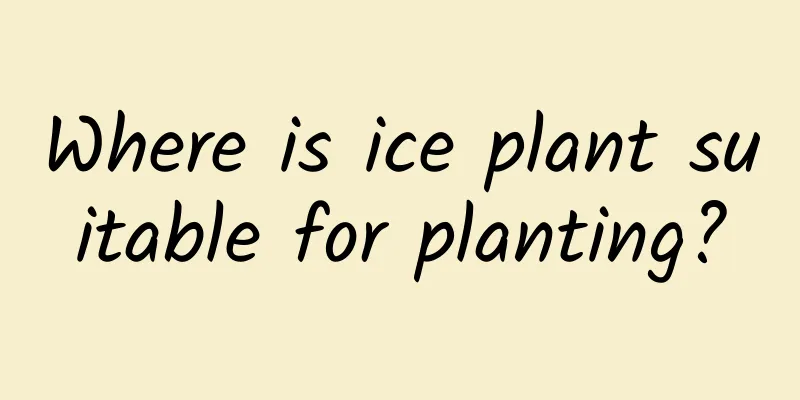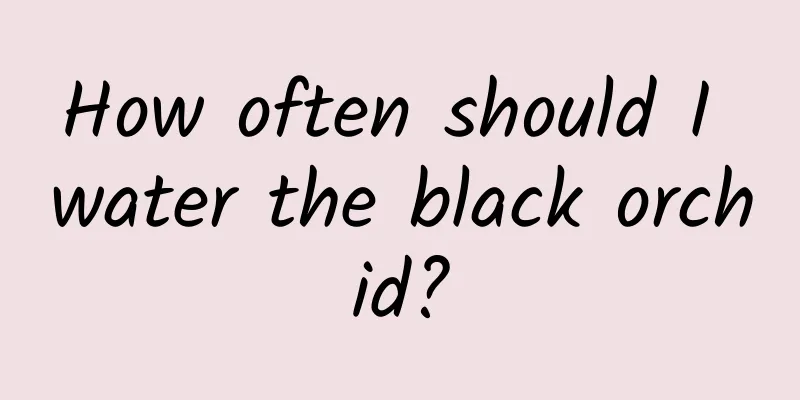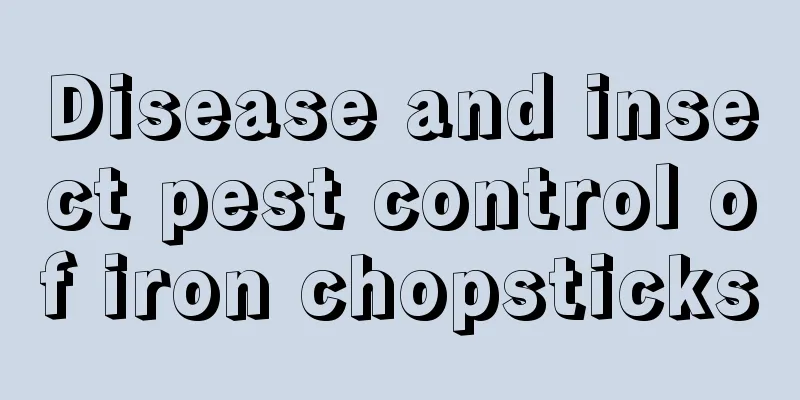What does it mean to plant water chestnuts in deep water and rice in shallow water, and plant lotus in neither deep nor shallow water?

|
“Plant water chestnuts in deep water, plant rice in shallow water, and plant lotus in waters that are neither too deep nor too shallow” means that people plant water chestnuts in deep water, plant rice in shallow water, and plant lotus in waters that are neither too deep nor too shallow. During the Qing Dynasty, there was an official named Ruan Yuan, who once served as governor of Zhejiang. On weekdays, the governor was not sitting in the government office, but thinking about the people and agricultural production. He often went to the countryside to inspect the people's conditions. Over time, he became very familiar with the local mountains, rivers, terrain, customs and folkways. In the second year of Jiaqing, Ruan came to Wuxing City, south of Taihu Lake, and saw that four rivers, including Tiaoxi River and Zhuxi River, met here. The land was divided by a dense spider web of water systems, with large rivers and small streams everywhere. The abundant running water brought vitality to the fields south of the Yangtze River. The Wuxing area is not only beautiful, but also very prosperous, with houses along the water connected to each other and a dense population. The farmers here divide the paddy fields into three categories according to the characteristics of river distribution. They plant water chestnuts in deep water, rice in shallow water, and lotus roots in water that is neither too deep nor too shallow . By making full use of natural resources, an ingenious ecological balance is formed, so that water chestnuts, rice and lotus all grow well. Ruan Yuan was moved by the beautiful scenery of Jiangnan, and was even more impressed by the farmers' ingenuity in producing according to local conditions. He wrote a poem called "Miscellaneous Poems of Wuxing". PoemFour large rivers surround Wuxing City, flowing in a winding and intertwined manner, dividing them into many streams, where thousands of families live by the streams. The people here take advantage of the excellent natural conditions, planting water chestnuts in deep water areas, rice in shallow water areas, and lotus in water areas that are neither too deep nor too shallow. About the AuthorRuan Yuan was a scholar in the Qing Dynasty. He was a Jinshi in the Qianlong period and entered the Hanlin Academy. He served as an official until the Jiaqing and Daoguang periods. He had a prominent career and profound knowledge throughout his life, and had high attainments in classics, local chronicles, epigraphy, and poetry. He wrote more than 180 books, including "Imperial Qing Dynasty Classics Interpretation", and was respected as a leader in the academic world. Le ShuoThe poem is simple, innocent and natural, which makes people think deeply. The last two sentences describe how people arrange the planting varieties reasonably according to the depth of water level, which not only increases the income but also gives people a beautiful enjoyment. It also contains some profound truths. |
<<: Cultivation methods and precautions of Pansy
>>: How much does corn drip irrigation cost per acre (corn field drip irrigation cost)
Recommend
Soybean growing environment and local conditions
Soybean growth environment and conditions Soybean...
What is the best month to plant freesia? When is the best time to plant it?
Which month is suitable for planting freesia? The...
When is the best time to apply fertilizer to soybeans?
Soybean topdressing time Soybean's demand for...
How to propagate and raise peony
1. How to breed The propagation method of peony i...
Cultivation method of purple vine
1. Soil It is best to use loose soil for growing ...
Which month is the best time to plant garlic?
Garlic has won the favor of consumers for its uni...
How to maintain Qiluo succulent
Qiluo Succulent Growth Conditions During the grow...
Can roses be exposed to rain?
The benefits of rain In fact, there are many bene...
What are the breeding methods and precautions of Qilin?
Qilin breeding method Kylin, also known as Kylin ...
Fig winter management
Figs are rich in nutrients and can be eaten direc...
Rare sunflower varieties
1. Feihong Sunflower The origin of the Feihong su...
What areas are suitable for growing yellow fruit?
Huangpi fruit planting conditions Kumquat prefers...
Can wood ash be used as fertilizer?
Wood ash as fertilizer Wood ash can be used as fe...
Is it profitable to plant Chinese toon? How much profit is there per acre?
Is it profitable to grow Chinese toon? Chinese to...
How to remedy cactus root rot?
Cacti are famous for being hardy and easy to grow...









